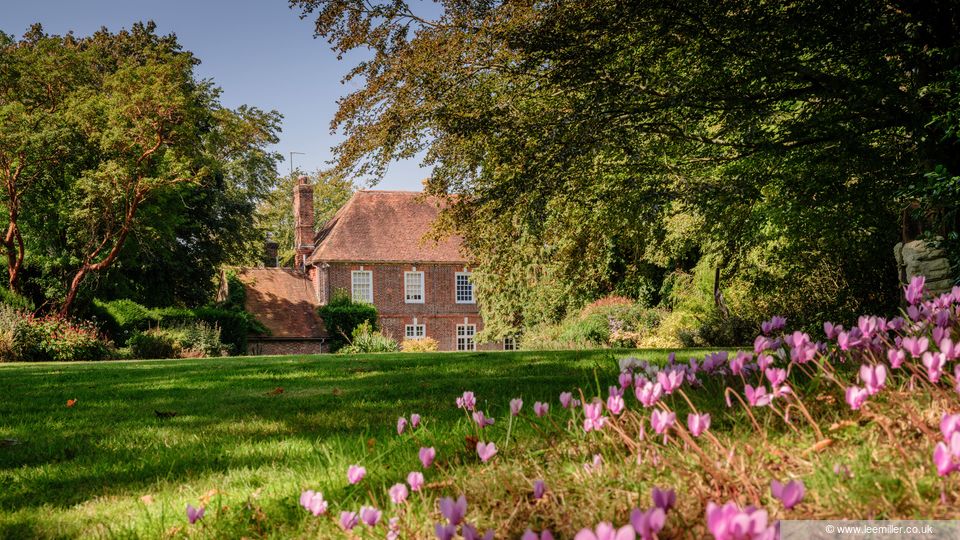By 1939, when the Second World War broke out, Lee was living in London with Roland. She presented herself at the British Vogue studios and offered her services. Initially tasked with fashion photography, there are spreads of models in ‘utility’ coats, and then in leotards for an exercise routine that encourages readers to ‘limber up for the big push’. But, determined to see more, by 1942 Lee had become an accredited US Army war correspondent for Condé Nast Publications, Vogue’s parent company. She began filing reports from hospital tents, airfields, and the streets of London, providing lyrically composed text to accompany photographs that give us a unique and sometimes startling perspective on a time many of us might think we’re well acquainted with. There’s a female Polish pilot flying spitfires, a parachute packer caught in a web of strings, while You Will Not Lunch in Charlotte Street Today shows the familiar Fitzrovia street cordoned off on account of Blitz damage – a tree in a pot providing a fulcrum for the cordon.

Tony Tree © Lee Miller Archives, England 2021. All rights reserved. leemiller.co.uk
In 1944, Lee found herself among the first wave of American troops in the liberation of Paris. And in June 1945, American Vogue published a deeply harrowing sequence of Lee’s images taken from the liberation of concentration camps with a title that simply said ‘Believe It.’ The photograph of Lee in Hitler’s bathtub, a performative gesture staged directly on her return from photographing Dachau, is widely considered one of the most extraordinary images of the entire 20th century. It wasn’t the end: Lee continued through Europe, recording the after-effects of conflict. French women having their heads shaved to signify their having collaborated with the Nazis. The German soprano Irmgard Seefried singing an aria from Madame Butterfly amid the ruins of Vienna opera house, a city Lee described as ‘suffering the psychic depression of conquered and starving’ but that was nonetheless never silent on account of the ‘madness of music.’ Two refugees pausing to pray at a roadside shrine, before leaving their country, perhaps forever. The contrast between the perfect balance of each composition, and the devastation that it captures, is piercing.
It is in 1949 that the story is picked up by Farleys, which Roland and Lee, once they’d moved there, quickly established as a meeting place for some of the greatest artists of the 20th century. Man Ray, Joan Miró, Henry Moore, Leonora Carrington, John Craxton, Richard Hamilton and Picasso all visited them there – portraits of them by Lee form the coda of the Tate show – and it’s where they raised their son, Antony, whose enthralling biography of his mother provided the foundation for Lee the film. The house is open, from April until the end of October every year – and while there is little on the walls by Lee, who was ever haunted by what she had seen during the war, it is an interior that combines English country house style with their unique artistic vision and recognisable instances of Surrealism.

